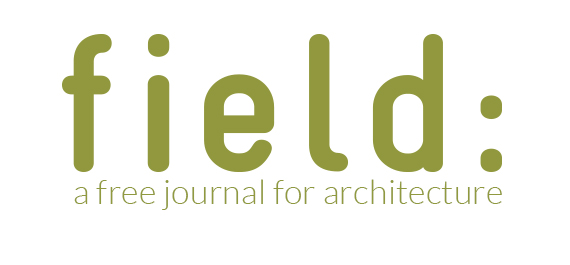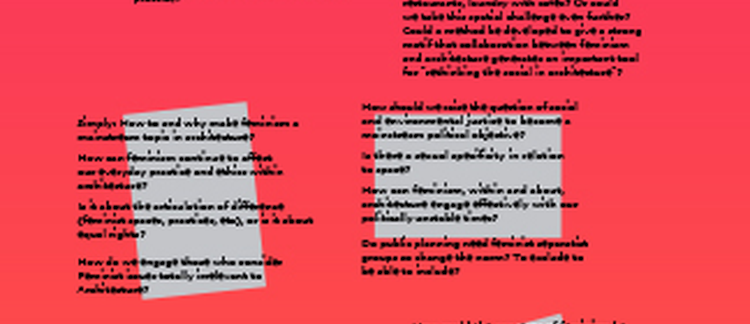Abstract
This article investigates the poetics of the invisible as a tool of analysis, tracing the hegemony of whiteness in architecture. It marks the inter- section of power and identity through examples such as the transparent line in Toni Morrison’s allegory of the fishbowl, the invisibility depicted in Ralph Ellison’s novel Invisible Man, and the concept of ‘hyper-visibility’ introduced by Frantz Fanon, in his phenomenological and psycho- analytical critique, further analysed and ‘queered’ in critical race and cultural studies theorist Sara Ahmed’s work. These authors have inspired the search for a new method in my architectural practice, tracing a poetics produced by ‘others’ under the working concept of ‘hyper-visible invisibility’. Tracing a poetics of the unseen, I seek to go beyond the binary of race, and provide invisibility as an abstraction that escapes the usual dichotomies dominating race, class and gender, in order to focus rather on how these perform and materialize.
How to Cite:
Richards, M., (2017) “Hyper-visible Invisibility: Tracing the Politics, Poetics and Affects of the Unseen”, field 7(1), 39–52. doi: https://doi.org/10.62471/field.74
Downloads:
Download PDF

